Mastering the Surf Pop-Up: Three Techniques to Get You on Your Feet
Introduction
If you're new to surfing, you might be surprised to learn that there’s more than one way to pop up on your board. While every surfer develops a preferred technique, it’s beneficial to understand different pop-up methods to see which works best for you and in different conditions. In this post, we’ll break down three popular pop-up techniques—the Standard Pop-Up, the Chicken Wing Pop-Up, and the Longboard Pop-Up—explaining when to use each one and how to execute them properly. Each technique has its strengths and weaknesses, so practice on land and experiment in the water to find what suits you best.
The Longboard Pop-Up
Best for: Larger boards (8 feet and up), beginner surfers, mellow waves
Challenges: Requires a longer board, not ideal for steep waves
The longboard pop-up is a great choice for beginners and those riding bigger boards. This method provides extra stability and control but requires more board length to work effectively. It also works best in smaller, slower waves where you have more time to stand up.
How to do it:
1
Place your hands by your ribcage, as you would for a standard pop-up.
2
Instead of pushing straight to your feet, come into a one-footed plank, keeping your back foot elevated.
3
Place your back foot on the board near where your front knee would be.
4
Step your front foot to where your hands were, then lift your hands off the board.
Additional Tip: Maintain three points of contact (hands and one foot) until both feet are planted, then rise up smoothly. This helps in controlling the your weight distribution when dropping in on heavier boards.
The Chicken Wing Pop-Up
Best for: Beginner to intermediate surfers transitioning to shorter boards, those still developing core strength
Challenges: Slower than the standard pop-up, less effective for steep waves
The Chicken Wing pop-up is an excellent option if you’re still working on proper foot placement or building the core strength needed for a faster pop-up. It allows for better foot positioning but can be cumbersome on steeper waves where speed is crucial.
How to do it:
1
Place your hands by your ribcage and push up onto your hands and knees.
2
Step your back foot onto the board near your front knee.
3
Step your front foot between your hands, aiming for the center of the board.
Additional Tips:
Lean your shoulders slightly forward to create space for your feet.
Think of it as running through your legs—set your feet first, then twist your hips to align with the board.
The Standard Pop-Up
Best for: All board types, advanced maneuvers, steep waves, and critical drop-ins
Challenges: Requires upper body strength and hip mobility
The standard pop-up is the most widely used technique in surfing. It’s quick, efficient, and works on all types of waves and board shapes. However, it requires strong upper-body strength and flexibility to execute smoothly.
How to do it:
1
Start in a prone position with your hands placed beside your ribcage.
Push up into a cobra-like position, keeping your elbows close to your body.
2
As your board begins to drop down the wave, engage your core and drive your knees toward your chest, mimicking a sprinting motion.
3
Plant your back foot on the board first, followed by your front foot near your hands.
Start to release your hands from the board. Pivot your front foot perpendicular to the board’s rails and naturally adjust your back foot into position.
Final Thoughts
Each of these pop-up techniques has its advantages, and the right choice depends on your experience level, board type, and wave conditions. Beginners often start with the Longboard Pop-Up before transitioning to the Chicken Wing or Standard Pop-Up as they build strength and confidence. No matter which method you choose, practicing on land and refining your technique will make all the difference when you hit the waves.
Try them out and see which pop-up style feels best for you. Happy surfing!











